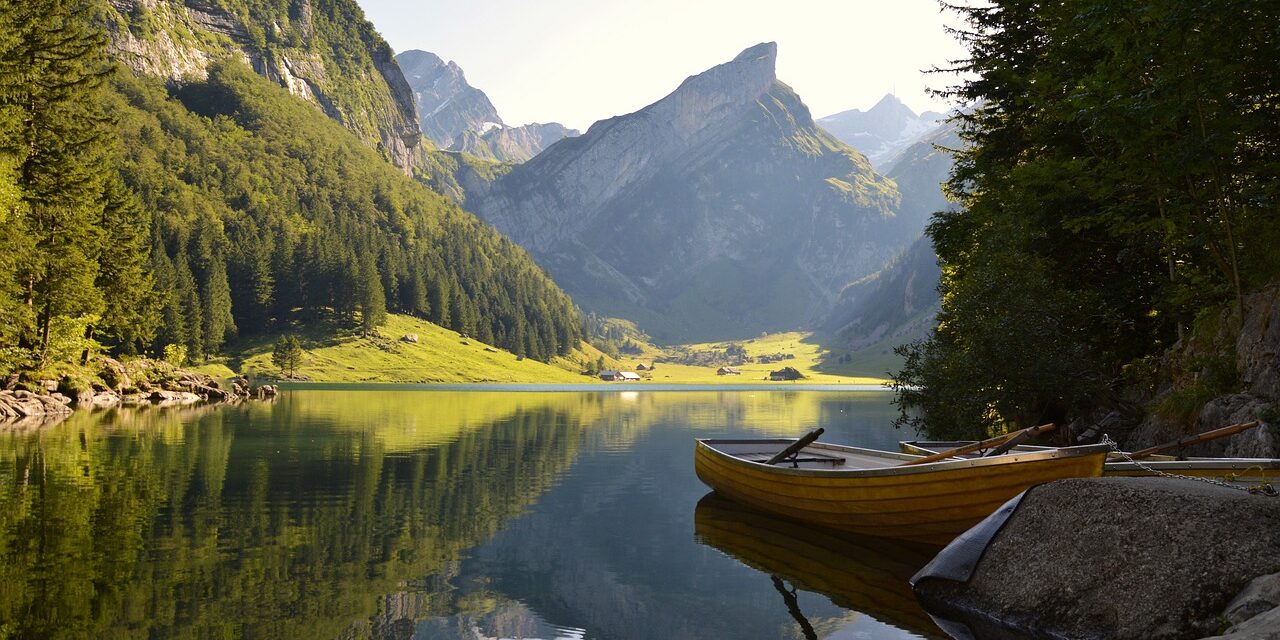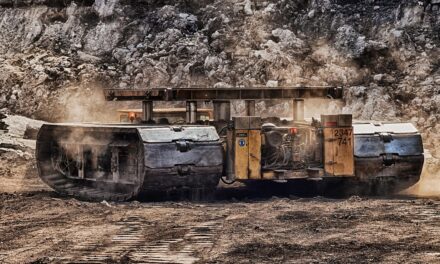Current state of the lake and the impact of water shortages in Weber County: Including areas close to the lake’s southern arm.
Current state of the lake and the impact of water shortages and Case Studies and Success Stories
The Great Salt Lake is in trouble!
What’s happening? Our beloved Great Salt Lake is shrinking. It’s getting smaller because of climate change and us using way too much water. Imagine your bathtub slowly draining away! That’s what’s happening to the lake.
Why is this bad? It’s not just bad for the cute animals that live there, but it’s also messing with the air we breathe. All that dust is bad for everyone! And it’s hurting the economy, too.
But there’s hope! Groups like the Active Climate Rescue Initiative are working on fixing this. We can help by using water wisely, learning to water our lawns smarter, and supporting changes that protect the lake. Let’s work together to save this amazing place!
The Great Salt Lake: A Sea of Change
TL;DR The Great Salt Lake is shrinking due to climate change and overuse of water. This harms wildlife, the economy, and even our air quality. We need to conserve water, find smarter ways to use it, and work together to save the lake.
A Salty Sea of Change
The Great Salt Lake is a giant, salty lake in Utah. It’s home to amazing animals, like birds migrating across the continent, and it helps keep our air clean. But the lake is shrinking fast. Imagine taking a bath and forgetting to turn off the water! That’s what’s happening to the Great Salt Lake, and it’s a big problem.
Water’s Journey: From Mountains to Lake
The Great Salt Lake gets its water from rivers and streams. Imagine a river like the Weber River, flowing down from the mountains in Weber County near the lake’s southern arm. This river carries water from snowmelt and rain, and it feeds the lake. But lately, not enough water is reaching the lake.
The Challenges of Water Shortages
When the lake gets smaller, it impacts everything around it. Think of the lake like a giant sponge that soaks up water. When the sponge shrinks, it can’t hold as much water, and things start to dry up. The air gets dusty, and the animals that live in and around the lake struggle to survive. This also harms our economy because people can’t enjoy the lake as much, and jobs that depend on the lake disappear.
Climate Change and Water Scarcity
Climate change is making the problem worse. It’s causing less snow in the mountains, which means less water flows into the rivers and streams. Think of it like a smaller glass of lemonade, there’s just not as much to drink. It’s also making the weather hotter, which causes more water to evaporate from the lake. So, we’re losing water from both sides of the equation.
Finding Solutions: A Race Against Time
We need to find solutions fast to save the Great Salt Lake. We can all do our part by using less water at home, like taking shorter showers and watering our lawns less. Farmers can use smarter ways to water their crops, saving water and keeping more for the lake. Our government can also help by creating new laws to protect the lake and encourage water conservation.
Case Studies and Success Stories
Groups like the Active Climate Rescue Initiative are working to solve the water crisis in the Great Basin. They are developing innovative water management strategies, like re-using water and making sure more water reaches the lake. They are also helping communities understand the importance of water conservation. These efforts are showing that by working together, we can make a difference.
Summary
The Great Salt Lake is facing a crisis. Climate change and overuse of water have caused the lake to shrink, impacting wildlife, the economy, and our air quality. We need to act now to save the lake by conserving water, using smarter irrigation techniques, and supporting policy changes that protect the lake. By learning from groups like the Active Climate Rescue Initiative, we can find solutions and ensure a healthy future for the Great Salt Lake and the region.
More on Current state of the lake and the impact of water shortages…
- ## Current State of the Lake and Impact of Water Shortages:
- lake water levels
- lake drought conditions
- impact of drought on lakes
- lake ecosystem health
- water shortages and lakes
- declining lake water quality
- lake water management strategies
- water conservation and lakes
- lake restoration efforts
- climate change and lake health
- lake algae blooms
- invasive species in lakes
- drought impact on lake recreation
- lake water level monitoring
- water scarcity and lake ecosystems
- sustainable lake management
- lake water level forecasting
- impact of drought on lake communities
- lake hydrology and water shortages
- lake water usage and conservation
- impact of drought on lake fisheries
- lake environmental impact assessments
- ## Case Studies and Success Stories:
- successful lake restoration projects
- lake drought recovery strategies
- water conservation case studies for lakes
- innovative lake management solutions
- sustainable lake development case studies
- lake water quality improvement success stories
- community-based lake management initiatives
- lake drought mitigation efforts
- successful lake ecosystem restoration
- lake water level management case studies
- drought-resistant lake vegetation
- case studies of lake resilience to water shortages
- lake conservation success stories
- water reuse in lake restoration
- collaborative lake management projects
- lake drought adaptation strategies
- lake water level monitoring success stories
- community involvement in lake conservation
- innovative lake water storage solutions
- case studies of lake water scarcity solutions











